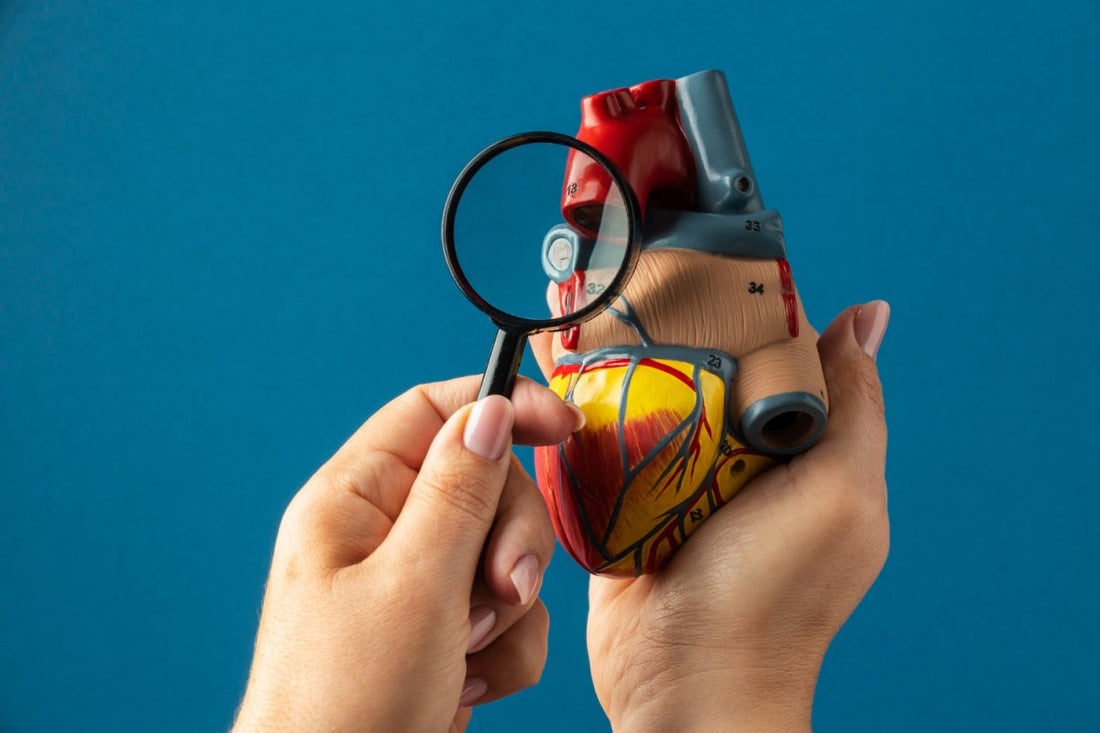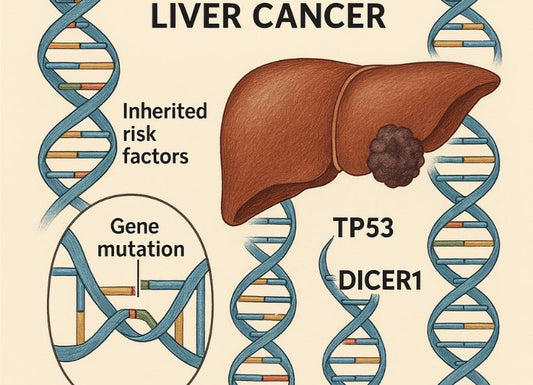How to Prepare for a Home Cholesterol Test
 Written By
Yusela Aquino
Written By
Yusela Aquino

How to test your cholesterol at home? Most self-collection kits involve using a small lancet to perform a finger pricking test and taking a small blood sample. The procedure is essentially the same as in testing blood sugar levels for diabetes patients. Depending on your kit, you may then obtain a reading of your LDL levels through a digital monitor or, alternatively, by comparing the test strip to a color guide that will contextualize your results. For more information on how to test cholesterol at home, read on.
Why Is It Important to Monitor Your Cholesterol Levels?
Cholesterol is a substance, or more specifically, a lipid or fat that aids your body in regulating a number of crucial hormonal functions. Additionally, it’s responsible for maintaining proper cell function and digestion.
So, why is cholesterol considered bad if its functions are critical to maintaining health? As cholesterol floats around freely in the blood, having excess amounts of it in your vascular system could eventually lead to blockages as it clumps up your arteries. In turn, this causes the heart to have to work harder to effectively pump blood to all of your organs and extremities, raising blood pressure, as well as your risk of a heart attack.
As such, regularly monitoring cholesterol levels is crucial for optimal health. This is especially true for individuals who:
- Have a family history of heart disease;
- Are more at risk due to other factors like elevated blood sugar or chronic kidney disease;
- Are overweight or obese;
- Lead a sedentary lifestyle with little exercise;
- Follow an unhealthy diet high in saturated fats and processed foods;
Types of Cholesterol – Which One is “Bad”?
When discussing the health effects and risks associated with cholesterol, doctors usually distinguish between two main types of cholesterol:
- LDL cholesterol, or low-density lipoprotein cholesterol, is the “bad” cholesterol which deposits in your blood stream and can lead to clogs, putting excess strain on the heart and cardiovascular system; and
- HDL cholesterol, or high-density lipoprotein cholesterol, considered “good” for its ability to carry deposits of LDL out of the blood vessels to be broken down in the liver and excreted.
As such, the overarching goal in preserving the health of your cardiovascular system is to reduce LDL and increase HDL levels.
Generally, the optimal range for LDL lies below 100 mg/dL, and higher than 40 mg/dL for HDL. However, these ranges can vary depending on your age, gender, and a number of other factors, so it’s always best to consult a medical professional.
How Do I Test My Cholesterol at Home?
If you want to know how to test your cholesterol at home and go through the procedure properly, follow these guidelines:
- First, prick your finger with the lancet that comes with any home cholesterol testing kit.
- Then, place that finger on the test strip so that the blood drop makes contact with it.
- Finally, wait for the specified amount of time (usually a few minutes) until the strip changes color. Place the strip into the digital meter to obtain a reading; alternatively, if your testing kit came with a color guide, refer to that instead.
Testing cholesterol at home is quick, easy, and requires no preparation whatsoever. It's important to check up on your various health markers every now and then, and Ribbon Checkup grants you access to high-quality at-home health tests to comprehensively monitor your health for kidney function, infections, liver health, and more. With the Ribbon Test Kit, you’ll obtain detailed insights into your health and catch potential worrying signs early to ensure your body stays in optimal condition for longer.
My Cholesterol Reading Came Back High – What’s Next?
If you successfully conducted a cholesterol reading and the results say your LDL levels exceed 100 mg/dL, here’s what you can do:
- Consult your primary care physician: your doctor knows your health profile best, and they will be able to confirm the results with you. After that, they may prescribe lifestyle changes, including modifying your diet to increase the amount of “good” cholesterol you ingest while reducing your intake of “bad” cholesterol. They may also suggest you take up more physical activity.
- Introduce proper habits to control LDL levels: Eating more fatty fish, whole grains, fruits and vegetables while reducing processed fats, meats, and cheeses has been shown to affect cholesterol levels positively.
Limit tobacco and alcohol use: Cutting down on smoking and drinking is an effective tool in reducing bad cholesterol.
- Take medicine: Doctors may prescribe medicine to help you combat high cholesterol, such as statins, bempedoic acid, or other pills or injections.
The Takeaway
If you wanted to know how to test cholesterol at home, hopefully, we explained the procedure quite comprehensively. Thanks to modern technological advances, keeping track of critical health markers has never been easier. At-home genetic testing or cholesterol testing at home are just a few examples. Tackling any such problem before it gets out of hand may drastically impact your body’s condition and significantly improve your longevity.

Yusela is a medical student with a degree in Biology and a strong foundation in health communication. With experience in both research and clinical settings, she writes clear, evidence-informed content to help patients and caregivers better understand liver health, chronic disease, and transplant care.



